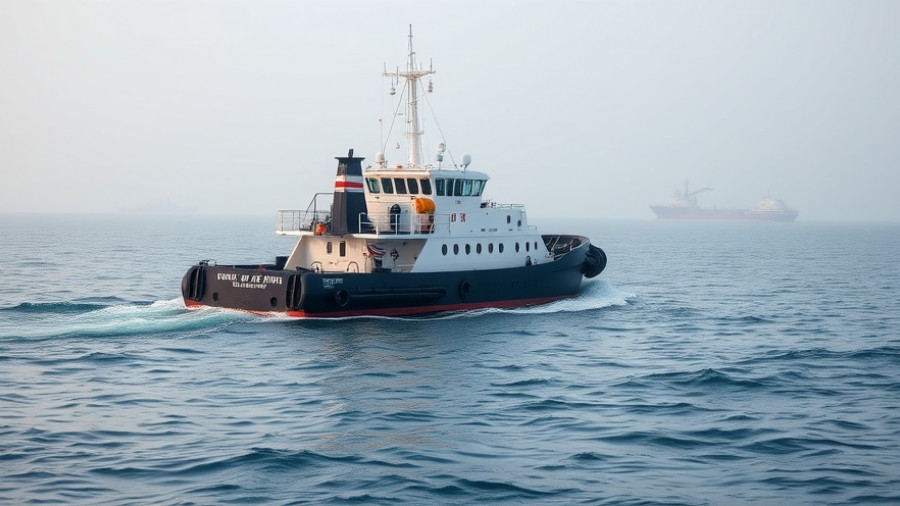
China's Bold Commitment to Pacific Islands Amid Climate Crisis
In a strategic move signaling a commitment to combat climate change, Chinese Foreign Minister Wang Yi announced on May 28, 2025, that China will intensify its support for Pacific Island nations. This initiative took place during a summit in Xiamen, showcasing China's influential role in addressing environmental issues globally. Wang's pledge includes the development of 100 'small but beautiful' projects across several Pacific Island countries that maintain ties with China, as outlined in a ministry readout. This initiative aligns with Chinese President Xi Jinping's broader 'Belt and Road' infrastructure vision, which focuses on sustainable development.
China plans to funnel $2 million into various sectors such as clean energy, fisheries, low-carbon infrastructure, and tourism within these island nations. This financial commitment comes at a time when China's domestic economy slows amidst a global downturn, where the $19 trillion economy grapples with declining growth rates. Nonetheless, it underscores Beijing's recognition of the vulnerabilities these nations face due to climate change and their need for financial assistance.
U.S.-China Rivalry in the Pacific: The Quest for Influence
This renewed aid push by China comes as the United States faces criticism for freezing its aid programs to Pacific Island nations, reflecting a potential shift in the geopolitical landscape. With Washington's recent tariffs imposing financial burdens, these nations might perceive China's urgent investment as an enticing alternative support path. Surveillance of this shifting balance of power brings to question whether the U.S. can regain lost influence over these strategically vital islands.
Moreover, as the world grapples with the ever-increasing impacts of climate change, the Pacific Islands remain on the frontline of environmental challenges. The lack of climate-specific aid from the United States may hinder future collaborations, allowing China to seize the opportunity to position itself as a more reliable partner. This scenario paints a complex picture of environmental aid intertwined with international relations.
Understanding the Project Landscape: What To Expect?
The projects slated for development may range from enhancing energy systems to introducing sustainable tourism models, but questions linger about implementation efficiency and long-term impact. "Small but beautiful" projects may suggest local, community-driven approaches, aligning well with the distinct cultures and ecologies of the Pacific Islands.
Such nuanced projects not only aim to address immediate environmental needs but also may incubate further economic opportunities within the region as they engage local populations. However, the efficacy of these projects will heavily rely on genuine collaboration with local governments and stakeholders.
Future Insights: What’s Next for Pacific Island Nations?
Looking forward, the implications of China's investments in these nations could redefine their socio-economic fabric. Enhanced infrastructures could potentially re-shape tourism landscapes and boost local economies while prioritizing sustainable practices. However, this growth must be balanced against the risk of increasing dependency on foreign investments, which could undermine autonomous economic progression.
At the same time, increased Chinese influence might stir concerns over sovereignty among some Pacific Islands nations. Future policy decisions will be crucial in ensuring that local interests are safeguarded while capitalizing on the benefits that accompany foreign investments aimed at tackling climate change.
Conclusions: Embracing Global Responsibility for Climate Change
China's commitment to assist Pacific Islands against the backdrop of climate change exemplifies a crucial global responsibility that transcends borders and geopolitics. In an era where climate-related phenomena threaten to upend traditional livelihoods, the Pacific Islands stand as a compelling case for the necessity of meaningful alliances and cooperative environmental stewardship.
It remains to be seen whether this new wave of Chinese influence will foster genuine partnerships or lead to a cycle of dependence. As the world watches closely, policymakers and leaders of both China and the Pacific Islands must tread thoughtfully on this complex path towards sustainable development in the face of climate adversity.
 Add Row
Add Row  Add
Add 




Write A Comment